

Articles
How To Get Food From Food Pantry
Modified: December 6, 2023
Learn how to maximize your pantry storage and get food from a food pantry. Discover tips and tricks to organize your pantry and make the most of your limited space.
(Many of the links in this article redirect to a specific reviewed product. Your purchase of these products through affiliate links helps to generate commission for Storables.com, at no extra cost. Learn more)
Introduction
Welcome to our comprehensive guide on how to access food from a food pantry. In these challenging times, many individuals and families are facing food insecurity and may not have reliable access to nutritious meals. Food pantries play a vital role in assisting those in need by providing essential food items to help alleviate hunger.
In this guide, we will walk you through the necessary steps to find a local food pantry, the eligibility requirements to access their services, and the documentation you might need. We will also cover what to expect when visiting a food pantry, including waiting in line and choosing food items. Additionally, we will provide you with additional resources for further assistance.
It is important to remember that accessing a food pantry is not a sign of weakness or failure. These organizations exist to support and help individuals and families during difficult times. They provide a valuable safety net to ensure that no one goes hungry. So, let’s get started and find the nearest food pantry to meet your needs.
Key Takeaways:
- Accessing a food pantry is a proactive step towards addressing temporary food challenges. Find local pantries, gather necessary documentation, and approach the process with respect and gratitude.
- In addition to food pantries, explore government assistance programs, community meal programs, and other resources for ongoing food support. You are not alone in facing food insecurity.
Finding a Local Food Pantry
When it comes to finding a local food pantry in your area, there are several resources you can utilize to make the search easier. Here are a few methods to help you locate a food pantry near you:
- Online Search: One of the quickest and most convenient ways to find a food pantry is through an online search. Simply open your preferred search engine and enter keywords such as “food pantry near me” or “local food bank.” The search engine will provide you with a list of relevant results, including addresses, contact information, and websites of nearby food pantries.
- Food Bank Directories: Many regions have food bank directories available either online or in print. These directories provide comprehensive lists of food pantries and their locations. You can find these directories on the websites of local food banks or by contacting them directly for a copy. These directories are regularly updated to ensure accuracy and to include any new food pantries in the area.
- Community Organizations: Local community organizations, such as churches, mosques, synagogues, or community centers, often have information about food pantries in the area. They may have dedicated food assistance programs themselves or can guide you to nearby food pantries that they are aware of. Reach out to these organizations and inquire about any food assistance resources they can provide.
- Government Agencies: Social services departments and other government agencies at the local, county, or state level can provide information on food pantries available in your area. These agencies often collaborate with food assistance programs and can direct you to the right resources. Contact your local government office or visit their website to find information about food assistance programs in your community.
Remember, each food pantry may have different operating hours, eligibility requirements, and services. Take the time to research and contact the food pantries on your list to ensure they are still in operation and can provide the assistance you need. By using these methods, you will be able to locate a local food pantry and take the first step towards accessing the food support you require.
Eligibility Requirements
Food pantries have specific eligibility requirements to ensure that their limited resources are distributed to those who need them the most. While the requirements may vary slightly between different food pantries, here are some common eligibility criteria you may encounter:
- Income Guidelines: Many food pantries use income guidelines to determine eligibility. These guidelines take into account the size of your household and your total household income. Typically, the income limit is based on a percentage of the federal poverty level. You may need to provide proof of income, such as pay stubs or tax returns, to demonstrate your eligibility based on income.
- Residency: Some food pantries may require proof of residency within a specific geographic area. This is to ensure that the resources are primarily distributed to individuals and families in that community. You may need to provide a utility bill, lease agreement, or any other document that proves your current address.
- Identification: Most food pantries will require a form of identification to verify your identity. This can be a driver’s license, state identification card, or any other government-issued ID. In some cases, you may also need to provide identification documents for all household members, such as birth certificates or social security cards.
- Emergency Situations: In certain circumstances, food pantries may have emergency relief programs to assist individuals and families facing immediate crisis situations. These programs often have more lenient eligibility criteria and provide urgent food assistance without the need for extensive documentation. Reach out to the food pantry to inquire about any emergency relief programs that may be available.
It is important to note that even if you do not meet specific eligibility requirements, some food pantries have alternative programs or referrals to other organizations that can assist you. They understand the diverse situations individuals and families face and strive to help as many people as possible. If you have any questions or concerns about your eligibility, don’t hesitate to reach out to the food pantry directly for clarification.
Next, we will discuss the documentation you might need when accessing a food pantry’s services.
Documentation Needed
When visiting a food pantry, it is important to bring certain documents to ensure a smooth and efficient process. While the specific documentation required may vary between food pantries, here are some common documents you may need:
- Identification: Bring a valid form of identification for yourself, such as a driver’s license, state identification card, or passport. This is necessary to verify your identity and ensure that the food assistance goes to the intended recipients. In some cases, you may also need to provide identification for all household members, especially if they will be receiving food as well.
- Proof of Address: Many food pantries require proof of your current address to establish residency. Bring a document, such as a recent utility bill, lease agreement, or official mail, that clearly shows your name and residential address. This helps the food pantry confirm that you reside within their service area.
- Income Verification: If the food pantry uses income guidelines to determine eligibility, you may need to provide proof of income. This can include recent pay stubs, income tax returns, or any other documentation that demonstrates your household income. The income verification helps the food pantry assess your eligibility based on their set criteria.
- Family Composition: Some food pantries require information about the members of your household. Bring documents that provide details such as birth certificates, social security cards, or relevant identification for each family member. This helps the food pantry understand the size of your household and ensure that everyone eligible receives the appropriate amount of assistance.
- Other Documentation: Depending on the specific policies of the food pantry, there may be additional documentation they require. This could include proof of disability, a signed referral from a social worker or other agency, or any other relevant documents. It is advisable to contact the food pantry in advance or check their website to find out if there are any specific documents you need to bring.
It is important to gather all the necessary documentation before visiting the food pantry to avoid any delays or complications. By being prepared, you can ensure a swift and efficient process when accessing the food assistance you require. If you have any questions about the required documentation, don’t hesitate to contact the food pantry for clarification.
Next, we will guide you through the process of visiting a food pantry and what to expect during your visit.
Visiting the Food Pantry
Visiting a food pantry can feel unfamiliar if you’ve never been before. Understanding what to expect and how the process works can help alleviate any anxiety and ensure a positive experience. Here is a step-by-step guide to help you navigate your visit to a food pantry:
- Arrival: When you arrive at the food pantry, you will likely see signs or volunteers directing you where to go. Follow their instructions and park your vehicle if necessary. If you’re visiting a walk-in pantry, proceed to the entrance and join the line if there is one.
- Check-in: Once inside, you will typically need to check-in. This involves providing your name, showing your identification, and any other necessary documentation. The volunteers or staff will verify your eligibility and may ask you a few questions about your household size or special dietary needs.
- Waiting Area: After checking in, you may be directed to a waiting area. This is common if the pantry is currently serving other clients or if they are implementing social distancing measures. Take a seat and wait for your turn to enter the food distribution area.
- Food Distribution: When it’s your turn, you will be invited into the food distribution area. Volunteers or staff will guide you through the process and explain how the pantry operates. They may provide you with a shopping cart, bags, or boxes to collect your food items.
- Choosing Food Items: Depending on the food pantry’s setup, you may have the opportunity to choose your own food items from the available selection. The volunteers will guide you through the various categories, such as fresh produce, canned goods, or dairy products. Take your time to select the items that you and your family need, keeping in mind any dietary restrictions or preferences.
- Exit and Farewell: Once you’ve chosen your food items, proceed to the exit where volunteers or staff will assist you with any additional information or resources. They may provide you with information about upcoming pantry dates, referral services, or community programs that can further support you.
It is important to approach your visit to the food pantry with respect and gratitude. The volunteers and staff work hard to provide food assistance and support individuals and families in need. Be courteous, patient, and grateful for their efforts throughout the process.
Remember, each food pantry may have slight variations in their procedures, so be open to any additional instructions or guidelines provided by the pantry staff. By following these steps, you can have a smooth and positive experience when visiting a food pantry.
Next, we will discuss what to expect when waiting in line at a food pantry.
When visiting a food pantry, be sure to bring a form of identification and proof of address. Also, consider volunteering or donating to give back to the community.
Waiting in Line
When visiting a food pantry, it is common to encounter a waiting period, especially during peak times or when demand is high. Waiting in line is a necessary part of the process, and understanding what to expect can help you prepare and make the experience more manageable. Here are some tips for waiting in line at a food pantry:
- Be Prepared: Before heading to the food pantry, make sure you have everything you need, such as identification, documentation, and any personal items like water, snacks, or entertainment (books, magazines, etc.). This will help you stay comfortable and occupied while waiting.
- Arrive Early: If possible, try to arrive early before the pantry opens. This can increase your chances of being served sooner and minimize the amount of time you spend waiting in line. Check the pantry’s operating hours and plan your arrival accordingly.
- Dress Appropriately: Dress comfortably and consider the weather conditions. If you’re waiting outside, dress in layers to adjust for temperature changes. Wear comfortable shoes, as you may be on your feet for an extended period of time.
- Stay Hydrated: Carry a bottle of water with you to stay hydrated while waiting. It is essential to keep yourself hydrated, especially during summer months or in hot weather conditions. Consider bringing a snack as well, in case you get hungry during the wait.
- Respect Others: Remember that everyone in line is in a similar situation and may be experiencing their own challenges. Be patient, respectful, and maintain a positive attitude. Engage in friendly conversations, if appropriate, to pass the time and build a sense of community.
- Follow Instructions: Pay attention to any instructions or announcements made by the pantry staff or volunteers. They may provide important updates, changes in procedures, or answer any questions you may have. Following their guidance will help the line move smoothly and efficiently.
- Use Waiting Time Productively: Utilize the waiting time to organize your thoughts, plan meals, or reflect on any other pressing matters. You can also use this time for self-care activities like deep breathing exercises, meditation, or listening to calming music.
- Be Grateful: Remember that food pantries are a lifeline for many individuals and families experiencing food insecurity. Express your gratitude to the volunteers and staff for their dedication and hard work in serving the community.
By keeping these tips in mind, waiting in line at a food pantry can become a more comfortable and meaningful experience. It is an opportunity to connect with others, practice patience, and appreciate the support provided by the pantry and its volunteers.
Next, we will discuss the process of choosing food items at a food pantry.
Choosing Food Items
When you reach the food distribution area at a food pantry, you will have the opportunity to choose the food items that best meet your needs. This process allows you to select items that align with your dietary preferences and any specific requirements you may have. Here are some tips to help you navigate the process of choosing food items:
- Survey the Options: Take a moment to familiarize yourself with the available food items. Each pantry may have a different selection of fresh produce, canned goods, dairy products, grains, and other essentials. Look for the items that will best accommodate your household’s needs and preferences.
- Consider Nutritional Value: Aim for a balance of nutritious items when choosing your food. Look for fruits, vegetables, lean proteins, and whole grains. These will provide essential vitamins, minerals, and macronutrients to support a healthy diet. Remember to consider any dietary restrictions or allergies that may affect your choices.
- Assess Storage Capacity: Take into account your storage capacity at home. Choose items that can be stored safely and easily. Canned goods, dried grains, and non-perishable items are often good choices as they have a longer shelf life.
- Take What You Need: Be mindful of other individuals and families who will also visit the food pantry. Only take what you need and avoid excessive amounts. This ensures that there is enough food for everyone and decreases the potential for waste.
- Ask for Guidance: If you’re unsure about certain food items or need assistance, don’t hesitate to ask the pantry staff or volunteers. They are knowledgeable about the inventory and can provide information about the items available. They can also provide suggestions based on your specific dietary needs or restrictions.
- Consider Meal Planning: Plan your selections with meal preparation in mind. Look for items that can be used as ingredients in multiple recipes or meals. For example, dry pasta, rice, or canned tomatoes can serve as versatile components for various dishes.
- Be Open to Variety: Embrace the opportunity to try new foods or items that you may not have considered before. This can help diversify your diet and introduce you to new flavors and ingredients.
- Show Appreciation: Express your gratitude to the pantry staff and volunteers for their hard work in providing the food options. Your appreciation goes a long way in acknowledging their efforts.
The process of choosing food items allows you to personalize your selection and ensure that you receive the items that are most helpful to you and your household. By following these tips, you can make informed and thoughtful choices that meet your nutritional needs while minimizing food waste.
Next, we will provide you with additional resources that can support you in accessing food assistance beyond the food pantry.
Additional Resources
While food pantries provide crucial support, there are also additional resources available to assist individuals and families facing food insecurity. These resources can provide ongoing assistance and help ensure access to nutritious meals. Here are some additional resources you can explore:
- Government Assistance Programs: Government programs such as the Supplemental Nutrition Assistance Program (SNAP) can provide monthly benefits to eligible individuals and families to purchase food. Check your eligibility and apply for these programs through your local social services office or online.
- Community Meal Programs: Many communities offer free or low-cost meal programs that provide regular access to nutritious breakfasts, lunches, or dinners. These programs are often run by community organizations, schools, or religious institutions. Inquire within your community to find out about the meal programs available near you.
- Local Charities and Non-Profit Organizations: Charities and non-profit organizations often provide food assistance through community food banks, food pantries, or meal delivery programs. Reach out to local organizations in your area to inquire about their services and eligibility criteria.
- School Meal Programs: If you have children, check if your local schools provide free or reduced-cost meals. Many schools have breakfast and lunch programs that ensure children receive nutritious meals during the school day. Contact your child’s school or district for more information.
- Food Rescue Organizations: Food rescue organizations collect surplus food from grocery stores, restaurants, and other establishments and distribute it to those in need. Look for food rescue programs in your area, as they can provide additional sources of fresh produce, bakery items, and prepared meals.
- Community Gardens and Farmer’s Markets: Consider participating in community gardens or visiting farmer’s markets for affordable fresh produce. Community gardens allow individuals to grow their own food, while farmer’s markets often offer locally-sourced fruits, vegetables, and other products at reasonable prices.
- Hotline Services: Hotline services offer immediate assistance and information about food resources in your area. The National Hunger Hotline, for example, can provide you with information about food pantries, local meal programs, and government assistance programs. Dial 1-866-3-HUNGRY (1-866-348-6479) to access this hotline.
Remember, these additional resources can complement the support provided by food pantries and help you access a steady supply of nutritious food. Explore these options based on your specific needs and circumstances.
Next, let’s conclude our guide on accessing food from a food pantry.
Conclusion
Accessing food from a food pantry can provide vital support to individuals and families facing food insecurity. By following the steps outlined in this guide, you can navigate the process effectively and ensure access to nutritious meals. Remember, reaching out to a food pantry is not a sign of weakness but rather a proactive step towards addressing a temporary challenge.
Start by finding a local food pantry through online searches, food bank directories, community organizations, or government agencies. Familiarize yourself with their operating hours and any unique eligibility requirements they may have. Gather the necessary documentation, such as identification, proof of address, income verification, and household composition documentation.
When visiting the food pantry, be prepared for a potential waiting period. Use this time productively and respectfully engage with others in line. Once inside the food distribution area, take your time to choose food items that meet your needs while considering nutritional value and storage capacity. Show appreciation to the pantry staff and volunteers who assist you.
Remember, food pantries are just one resource among many that can help you in your journey toward food security. Explore government assistance programs, community meal programs, local charities, school meal programs, food rescue organizations, community gardens, farmer’s markets, and hotline services. These resources can provide ongoing support and supplement the assistance offered by food pantries.
Never hesitate to seek help when you need it. Food pantries and other assistance programs exist to support individuals and families during difficult times. Together, these resources can help ensure that everyone has access to nutritious food and no one goes hungry.
Thank you for reading our comprehensive guide on accessing food from a food pantry. We hope this information has empowered you with the knowledge and resources needed to navigate this process. Remember, you are not alone, and there are resources available to help you through challenging times. Stay resilient, reach out for support, and keep moving forward.
Frequently Asked Questions about How To Get Food From Food Pantry
Was this page helpful?
At Storables.com, we guarantee accurate and reliable information. Our content, validated by Expert Board Contributors, is crafted following stringent Editorial Policies. We're committed to providing you with well-researched, expert-backed insights for all your informational needs.
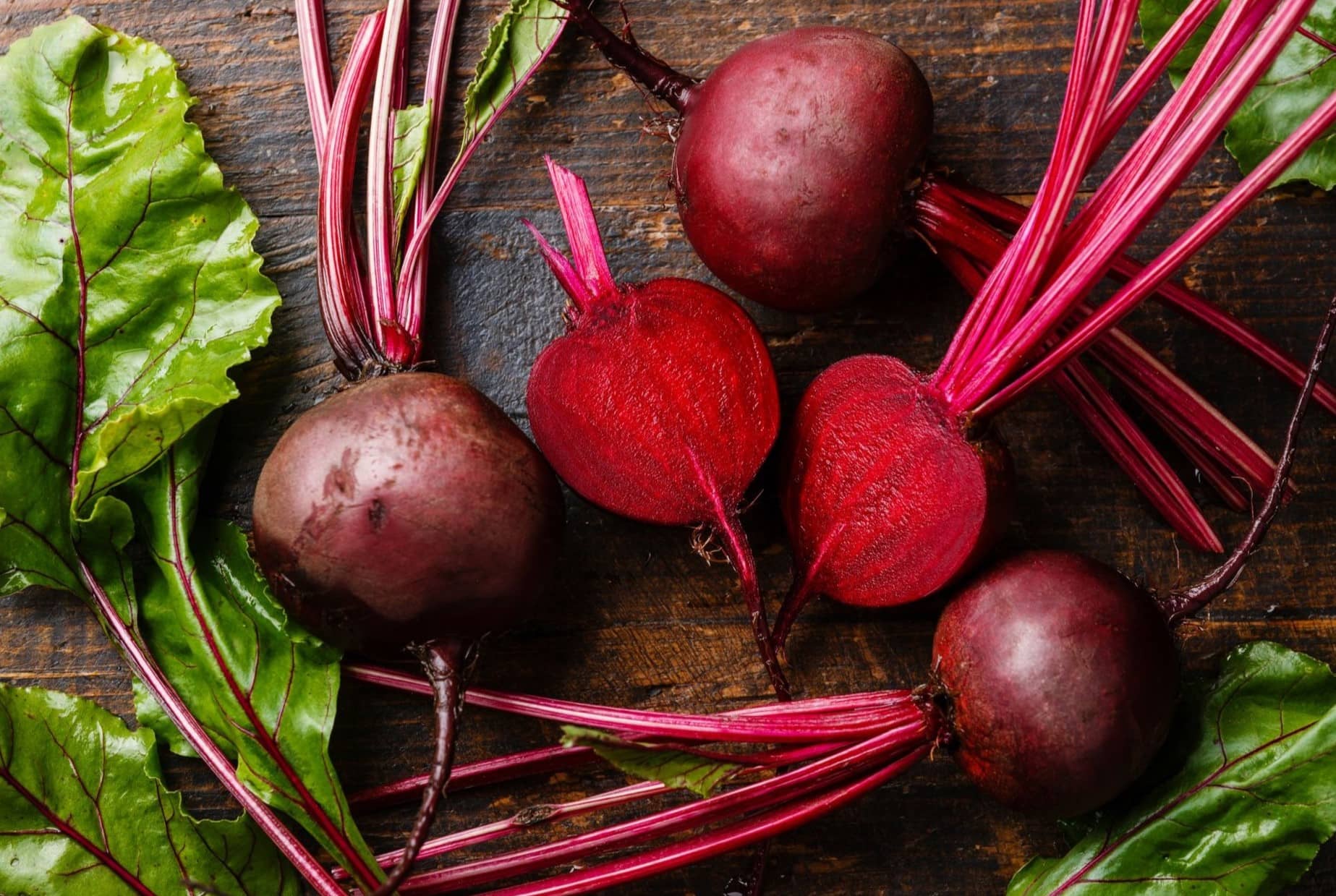


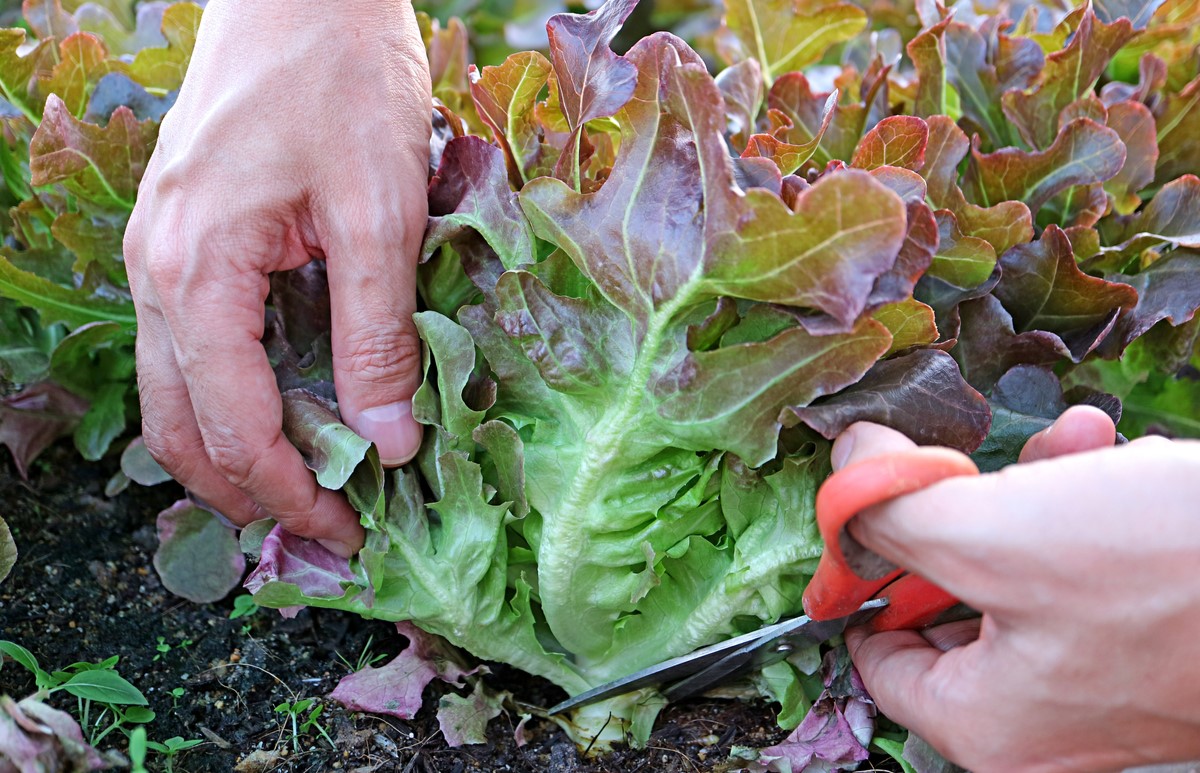

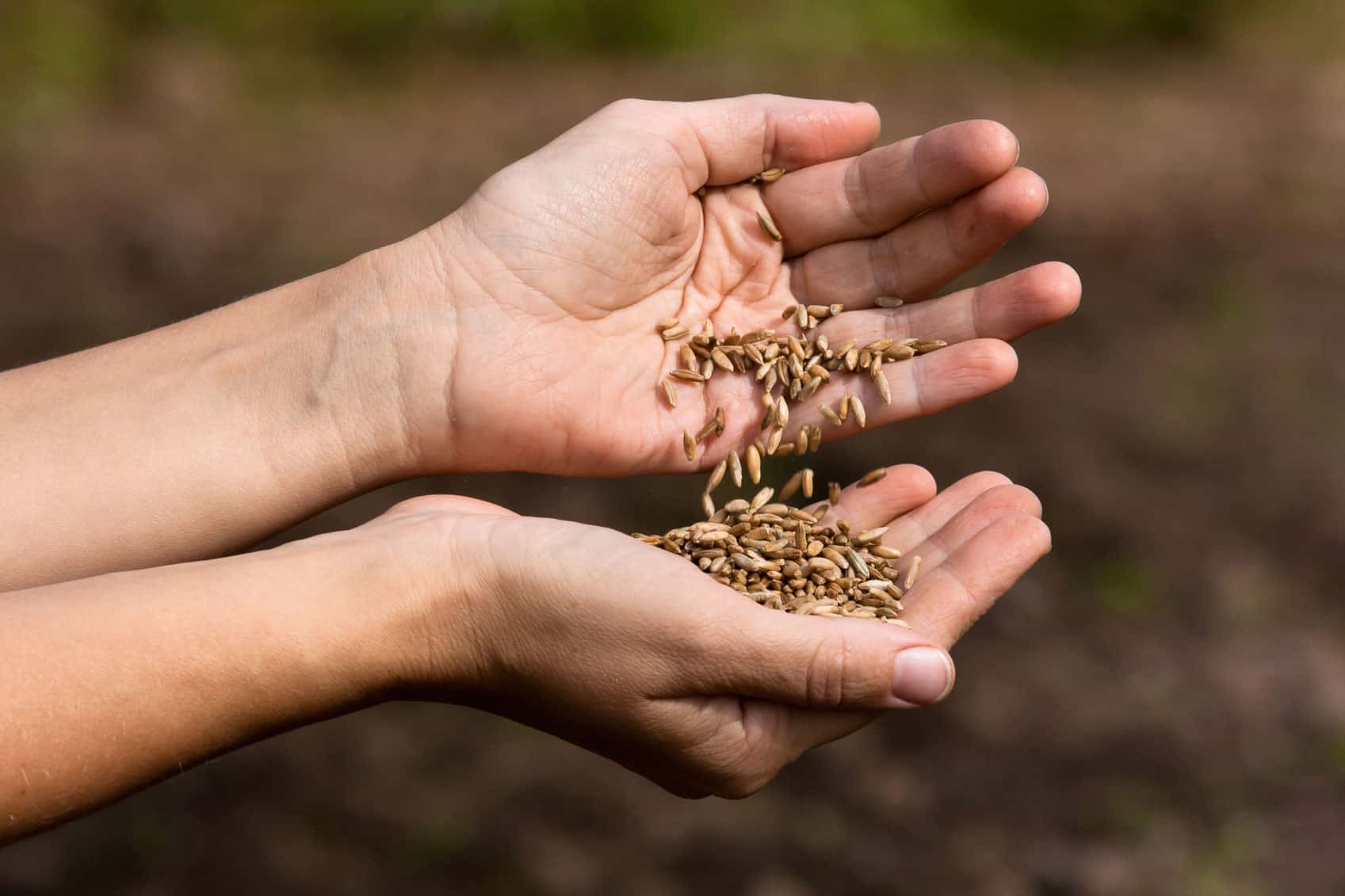





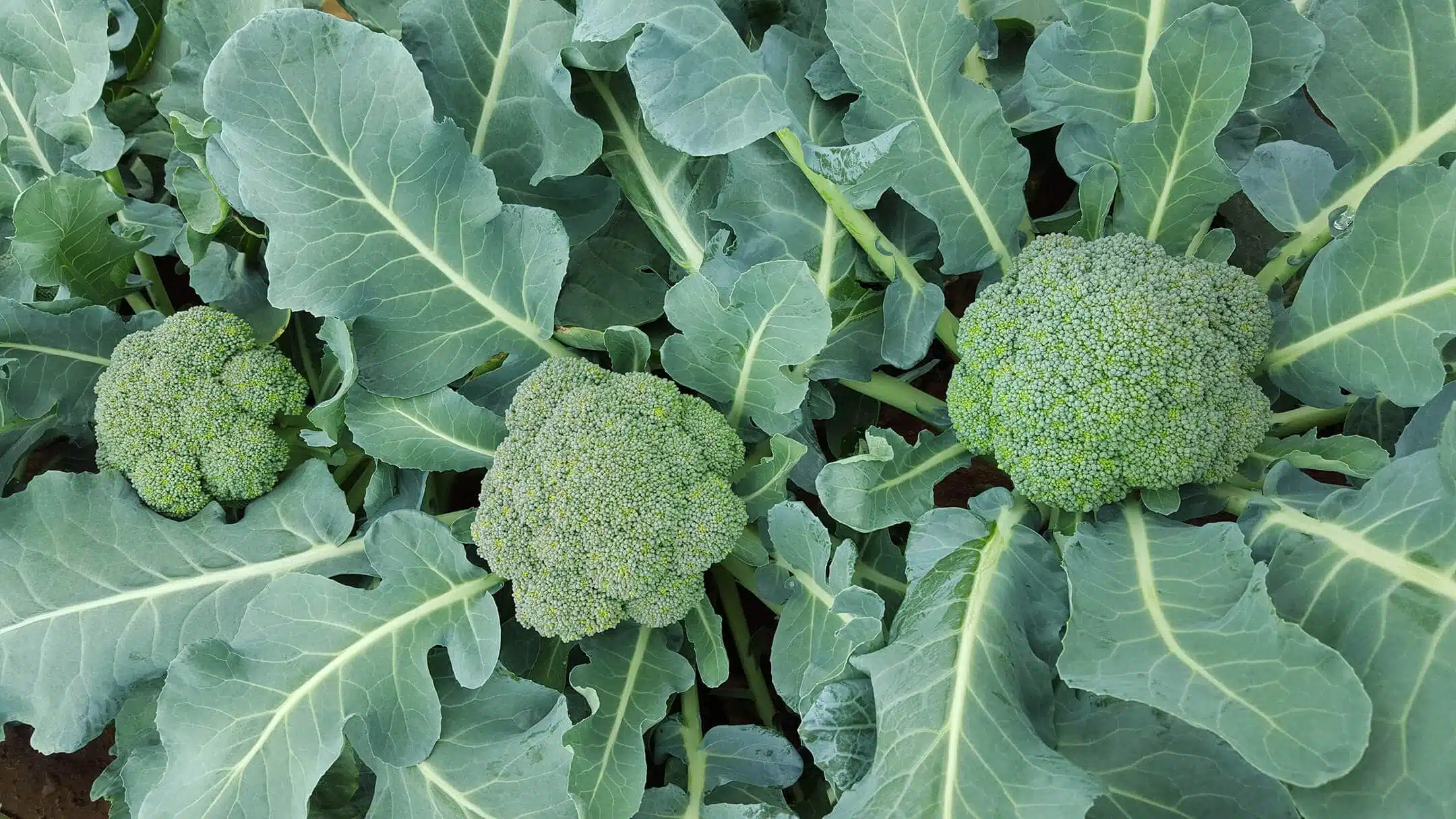
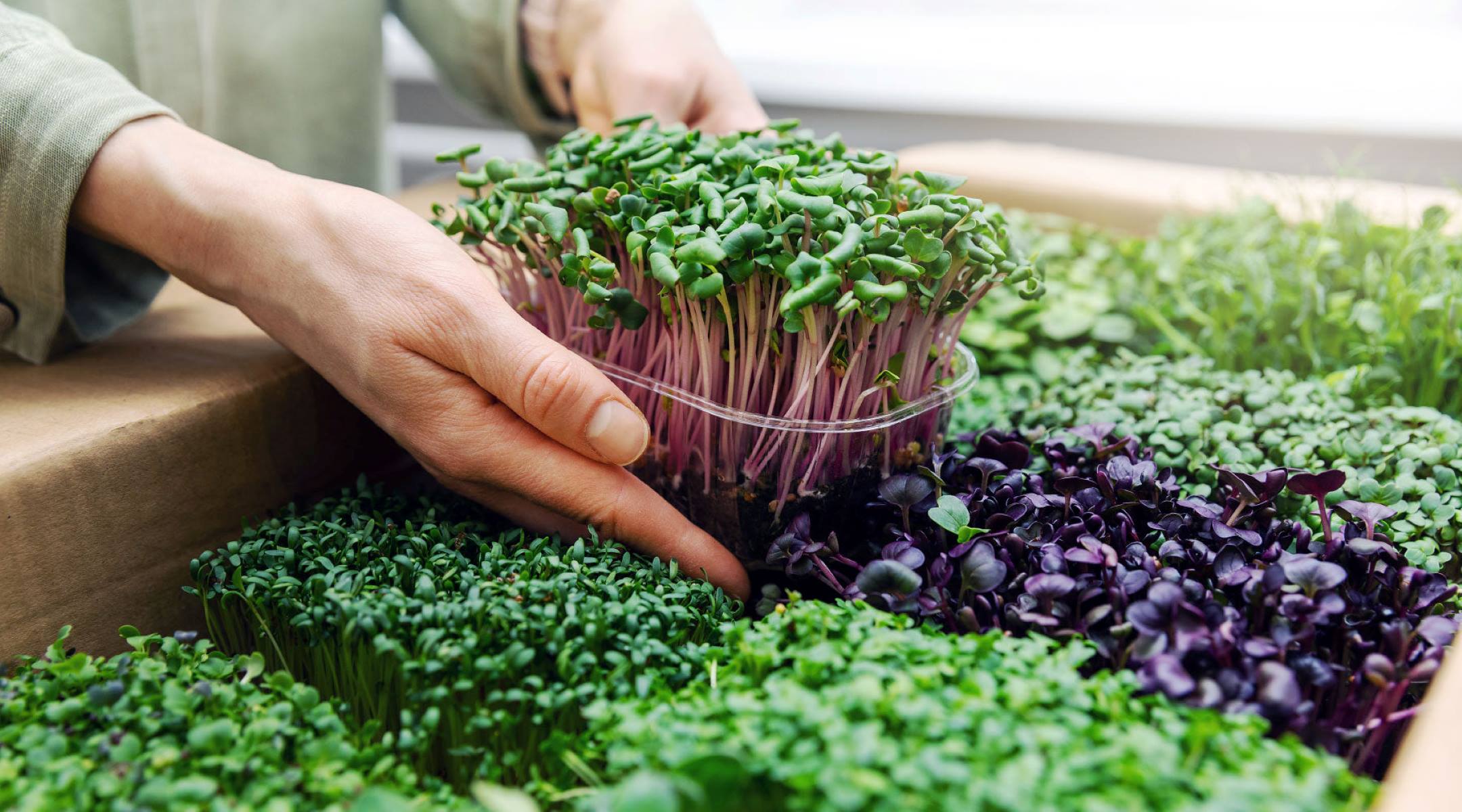


0 thoughts on “How To Get Food From Food Pantry”